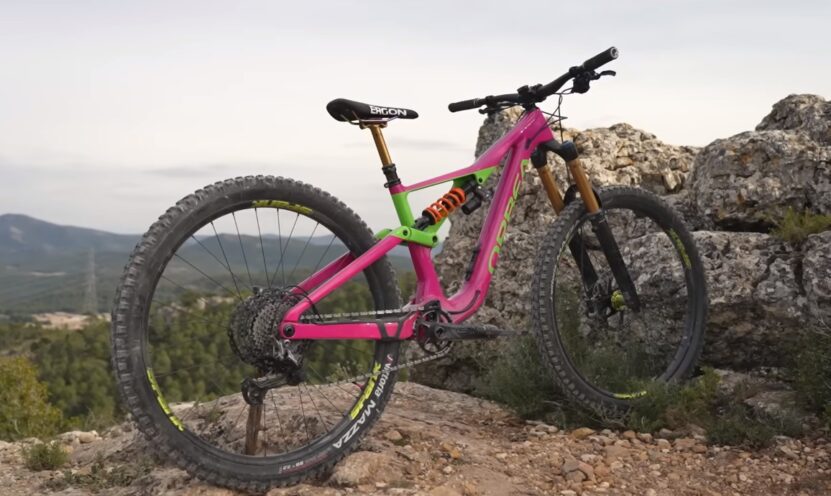DGS49
Diamond Member
I'm trying to avoid re-inventing the wheel, and wondering if what I'm looking for is common knowledge among serious bikers
On a typical mountain bike you have three front sprockets (which I would call "primary" sprockets) and 7 or 8 rear sprockets. As a result, you can remain in the "high" primary and have seven gears to play with, which is fine on level roadways.
If you shift to the middle Primary sprocket, you have seven more gears, and if you shift to the smallest Primary sprocket, there are seven gears available there.
But obviously, when talking about overall gear ratios, there is overlap. For example, 7th gear in the small Primary sprocket might be the same gear ratio as 3rd gear on the middle sprocket, or even first (lowest) gear on the large Primary sprocket.
When I'm using my gear, I just fly by the seat of my pants. If I am starting up a hill I usually shift to the middle Primary and a middle rear gear, then downshift or upshift as necessary.
Is there a way you are "supposed" to use the gears? Is there a pattern to it? Does 7th on the small one equal 4th on the middle one and first gear on the big one?
Inquiring minds want to know.
On a typical mountain bike you have three front sprockets (which I would call "primary" sprockets) and 7 or 8 rear sprockets. As a result, you can remain in the "high" primary and have seven gears to play with, which is fine on level roadways.
If you shift to the middle Primary sprocket, you have seven more gears, and if you shift to the smallest Primary sprocket, there are seven gears available there.
But obviously, when talking about overall gear ratios, there is overlap. For example, 7th gear in the small Primary sprocket might be the same gear ratio as 3rd gear on the middle sprocket, or even first (lowest) gear on the large Primary sprocket.
When I'm using my gear, I just fly by the seat of my pants. If I am starting up a hill I usually shift to the middle Primary and a middle rear gear, then downshift or upshift as necessary.
Is there a way you are "supposed" to use the gears? Is there a pattern to it? Does 7th on the small one equal 4th on the middle one and first gear on the big one?
Inquiring minds want to know.
